Why you can't wash dishes with sponges
Every day we wash dishes, sinks and other household appliances. For these purposes, we most often use special sponges. Everyone knows that using this tool is not a very hygienic solution. Rospotrebnadzor has generally banned the use of sponges for washing dishes in the catering industry. After such statements we feel uneasy, we decided to figure out why their use can be dangerous to health and how can this harm be minimized?
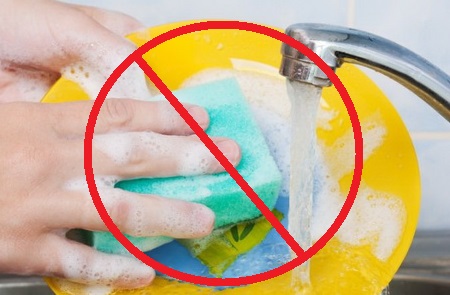
The content of the article
Why is it harmful to wash dishes with a sponge?
A foam sponge has a porous structure, and even if you squeeze it hard, it always contains water molecules. Due to the frequency of use, it does not have time to dry completely. Many bacteria survive at room temperature, so moisture and heat are an excellent environment for bacterial proliferation. In addition, detergent remains on the surface of the sponges, which is also not very beneficial for the human body. Bacteria mixed with the remains of fat and food, as well as with detergent molecules, are constantly arriving on the sponge and it turns out that when you think you are washing dishes, you are simply rubbing a cocktail of pathogenic microorganisms on the plates or on the table.
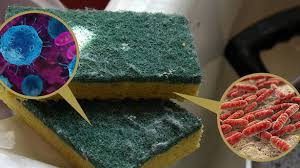
Important! Scientists conducted a study and found that dishwashing tools are the dirtiest place in the house. Their surface contains more bacteria than a toilet flush button.So now you don’t need to blame expired yogurt for your food poisoning; it’s quite possible that the cause of your illness was the sponge you used to wash the dishes and rinse them poorly.
What is a dish sponge made of?
Most often, sponges are made of foam rubber; abrasive can be added to better remove stubborn dirt. Such models are attractive in price, they are affordable and moderately durable.
There are models made of cellulose - this material is the most environmentally friendly. Such material will not cause allergies and the spread of bacteria on its surface is minimized, since it is significantly different in structure from foam rubber. The main disadvantage is the price; it can sometimes be unreasonably high, so not all hardware stores want to purchase such sponges.
Attention! Dishwashing tools are also made of plastic or metal - these options are the toughest, but also the most durable, have an average price category, and do not harbor bacteria.
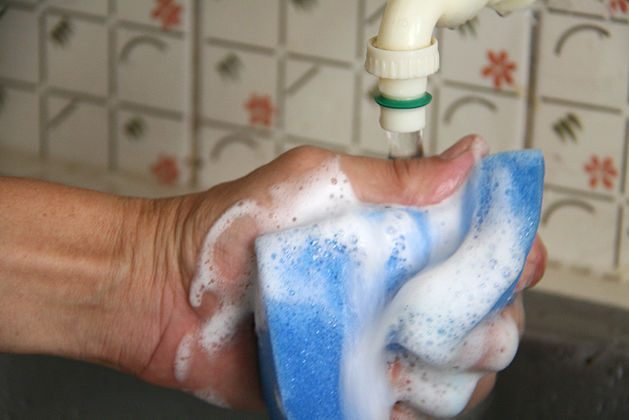
There are natural sponges - they are made from natural spongy material that is mined from the bottom of the sea. Such models are among the most expensive and differ in structure: at first they are rigid, before using them they must be well moistened with water, but this is the main advantage - moisture from the natural material quickly evaporates, which minimizes the proliferation of microorganisms.
What can you replace a sponge with?
How to minimize the proliferation of harmful microorganisms on the surface of a sponge? The easiest way is to use its analogues. Dishes can be washed with metal hedgehogs or plastic sponges, but they also need to be treated with an antibacterial solution or doused with boiling water from time to time.But such models cannot be used on delicate surfaces; they can easily scratch them.
Our grandmothers in Soviet times, when foam rubber was still used for window insulation and not for washing dishes, used pieces of nylon tights as sponges, wrapping soap in them. Some were more resourceful and washed the dishes with pieces of fishing net, and such material also does not leave harmful organisms. Now this method is unlikely to attract anyone.
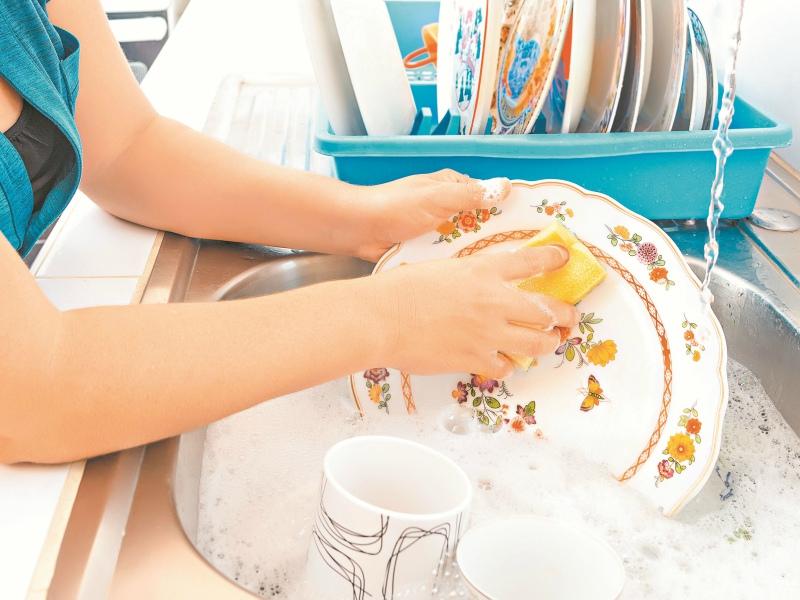
How to protect yourself and your family from bacteria? It is best to change the sponge every week, rinse thoroughly to remove any remaining food, grease and detergent. Also, after washing, dishes should be thoroughly rinsed and wiped with a paper or cotton towel. If you use the latter, then it also needs to be washed every day, at 60 degrees.
Lifehack! In order to kill all possible germs in the evening after you have washed the dishes and sink with a sponge, wring it out and put it in the microwave for a few seconds, on maximum mode. From there you will get it almost sterile. This treatment will last for a day, after which repeat the manipulation.
Modern housewives and scientists believe that the best replacement for a sponge for washing dishes is having a dishwasher.


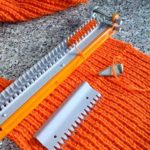


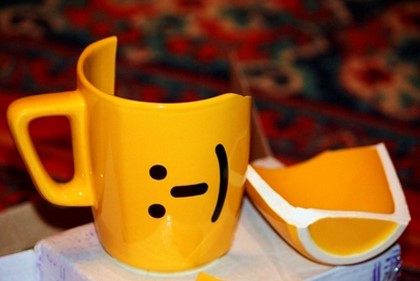
to replace sponges Novosibirsk company Greenway! offered napkins for washing dishes. It is washed after each dishwashing with laundry soap and lasts for 2 years. I've been using mine for 6 months now, no smell or any other manifestations.I washed the dishes, washed the napkin with soap, and hung it up to dry until the next dishwashing. At the same time, there is absolutely no need to use dishwashing detergent; the napkin washes everything itself, including grease. There will be no problems in the family with allergies caused by dishes not being rinsed completely